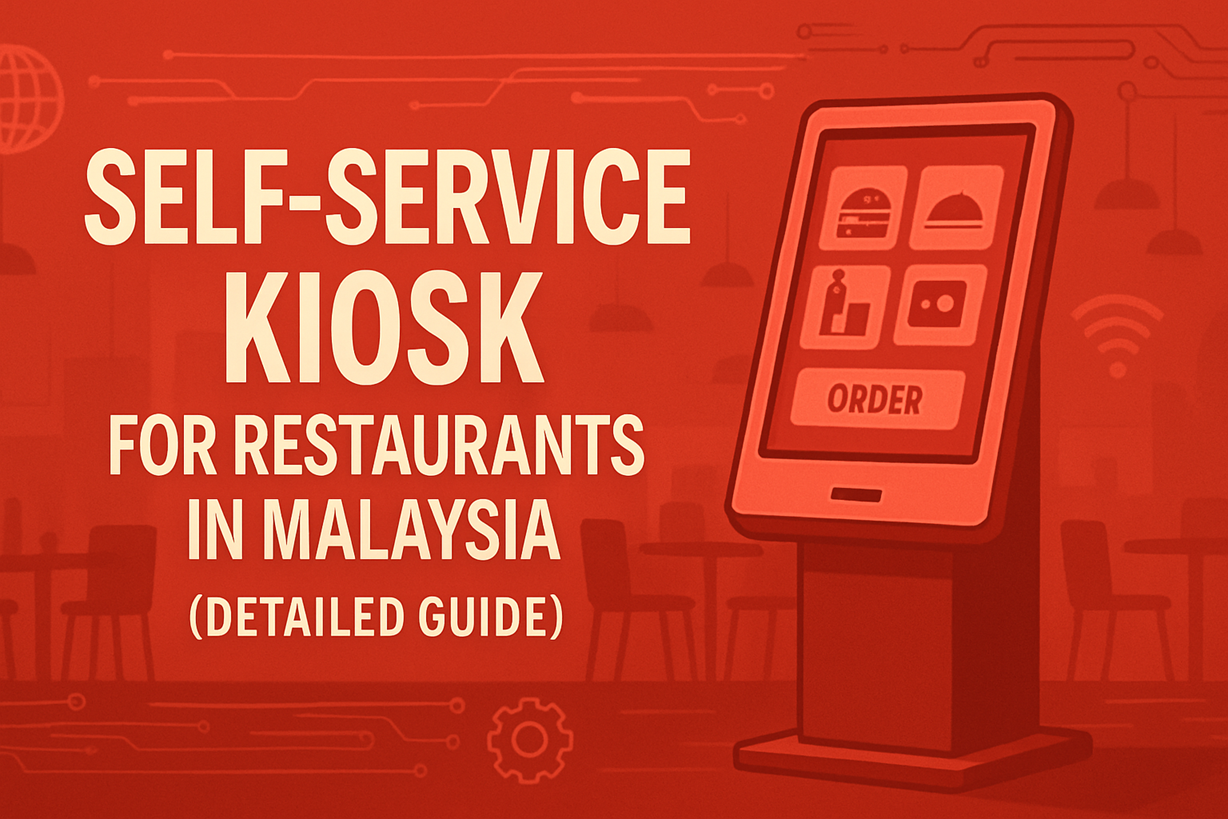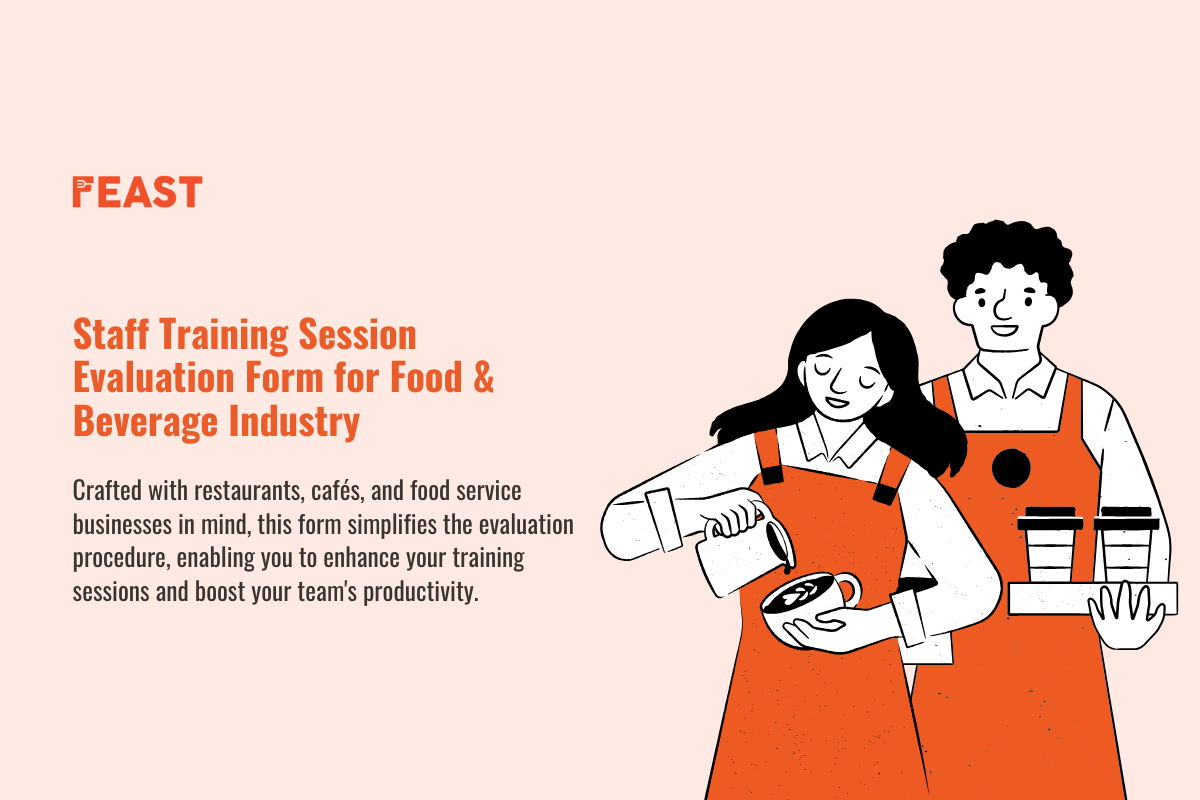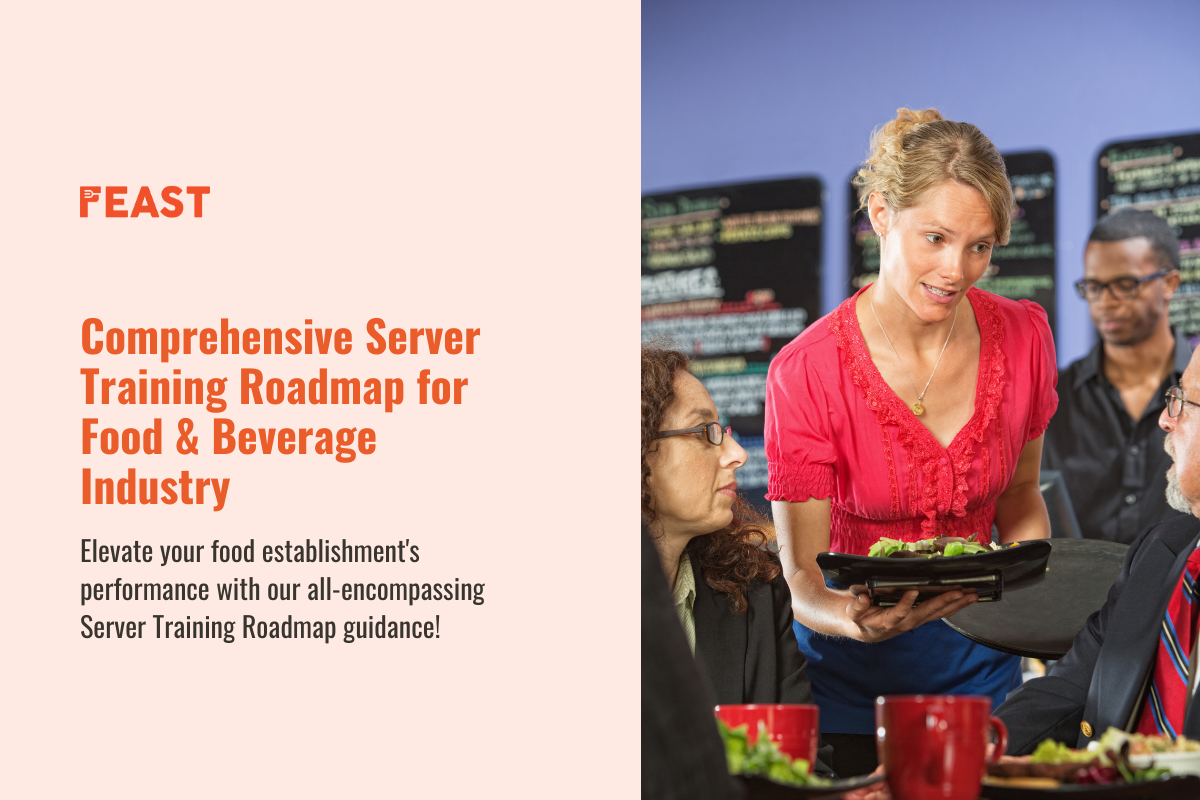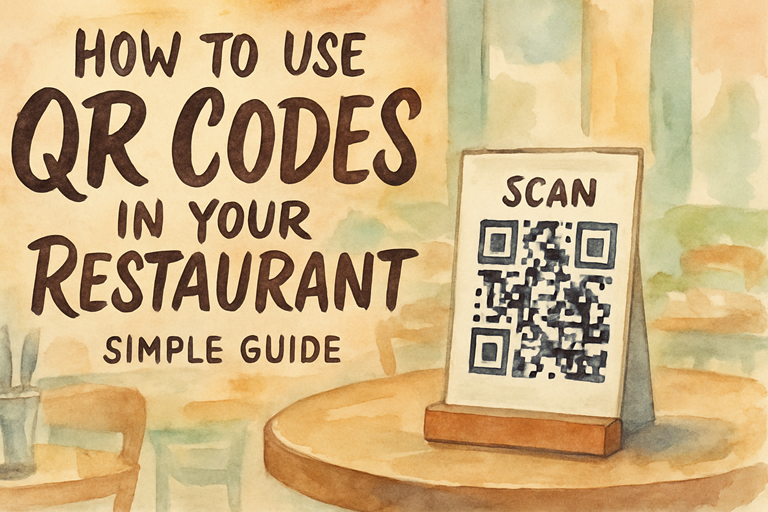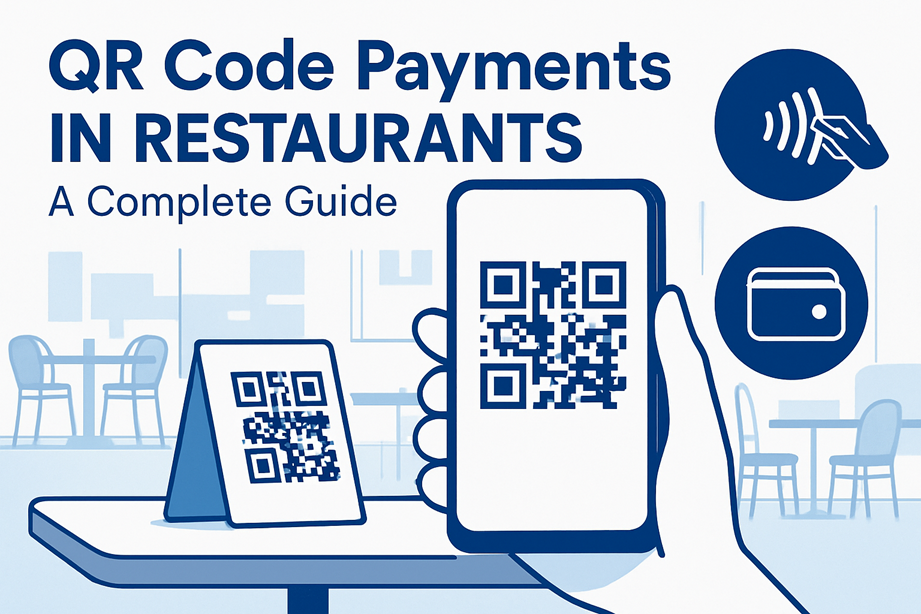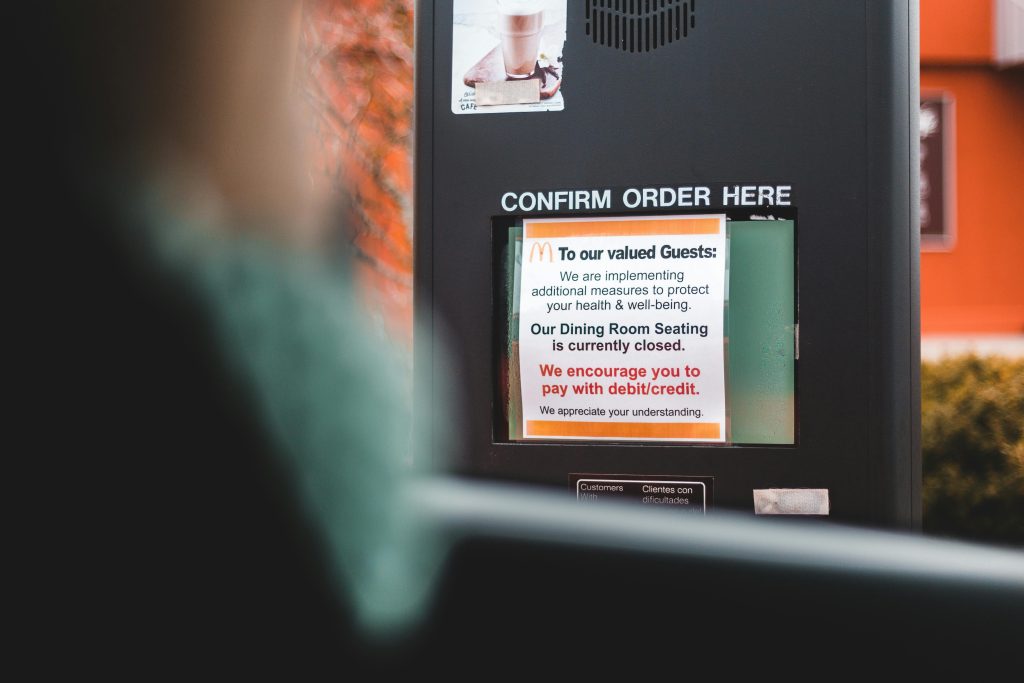If you have been thinking about ways to make your restaurant more efficient and give your guests a better experience, then a self-service kiosk might be the answer. In simple words, a self-service kiosk is a screen where your guests can order and pay for their food without needing your staff to do it for them. Many restaurants across Malaysia are already using this technology, and it has shown clear results in both sales and customer satisfaction.
A study by Tillster found that 65% of guests would visit a restaurant more often if self-ordering kiosks were available. At the same time, restaurants that use kiosks have reported a 20% increase in average order value (Tillster, 2022). This shows that the demand is real and the benefits are strong. Let us look at the self-service kiosk’s meaning, how it works, what you can gain from it, and the cost of installing one in Malaysia.

What is a Self-Service Kiosk?
To put it simply, the self-service kiosk is an electronic kiosk that allows your guests to order food and make payment by themselves. It looks like a large tablet or touchscreen fixed on a stand, counter, or wall inside your restaurant.
A self-kiosk usually shows your full digital menu, with pictures and descriptions of the dishes. Guests can browse, customize their orders, and make payments through card, e-wallet, or even QR code. Some kiosks are also linked directly to your kitchen display system, which means the order goes straight to the chefs without any delay.
How Do Self-Service Kiosks Work?
When a guest walks into your place, instead of standing in line at the counter, they can walk to the kiosk. Here is how it usually works:
- Browse Menu – Your menu appears on the screen with pictures and descriptions. Guests can scroll, search, or even select different categories.
- Customize Orders – They can choose portion size, add-ons, or remove items like onions or sauces. This gives them full control without pressure from staff.
- Upselling Options – Many kiosks are programmed to suggest extras like drinks, desserts, or combos. This can increase the order value naturally.
- Payment – Once the order is final, payment can be made by card, QR code, or e-wallet. Some kiosks even allow cash with a built-in acceptor.
- Order Sent to Kitchen – The order is automatically sent to the kitchen display system or printed at the counter for preparation.
- Order Tracking – Guests may get a receipt with a number or a notification on their phone when the order is ready.
This process reduces waiting time and also lowers errors that usually happen when staff mishear orders.
What Are the Benefits of Self-Service Kiosks?
Now, let us talk about the most important question: why should you invest in an electronic kiosk for your restaurant?
1. Faster Ordering and Reduced Queues
When guests use a self-service kiosk, they don’t have to wait in long lines. This means you can serve more people in less time. Research by Deloitte shows that 40% of guests prefer self-ordering because it saves time (Deloitte, 2021).
2. Higher Average Spending
Self-service kiosk examples from McDonald’s and KFC show that kiosks encourage people to spend more. When guests see pictures and suggestions, they are more likely to add items. Reports have shown a 15–20% increase in average spending per order with kiosks (Forbes, 2022).
3. Better Accuracy in Orders
Since the guests themselves enter their choices, the chances of mistakes are very low. No more wrong items or missed add-ons.
4. Reduced Staff Pressure
Your team can focus on cooking and serving rather than just taking orders. This can also reduce stress and improve overall service.
5. Multi-Language Support
In Malaysia, where guests may speak Malay, English, Mandarin, or Tamil, kiosks can show menus in multiple languages. This helps your place feel more inclusive.
6. Modern Image
Having a sleek self-service kiosk also gives your restaurant a modern and professional image. Guests feel that you care about making their experience easy and smooth.
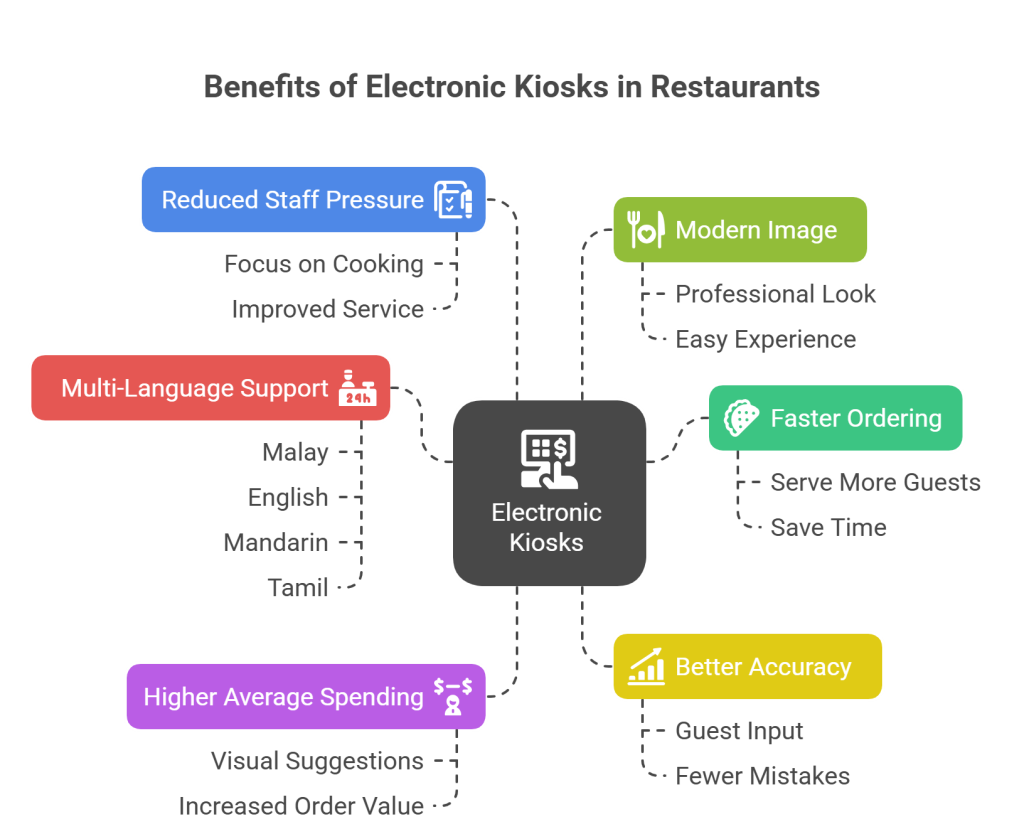
How Much Does a Self-Service Kiosk Cost in Malaysia?
This is a key question for anyone considering this system. The cost of a self-kiosk in Malaysia depends on features, hardware, and software integration.
On average:
Basic tablet-based kiosk – around RM 4,000 to RM 6,000 per unit.
Mid-range touchscreen kiosk with stand – around RM 8,000 to RM 12,000 per unit.
High-end kiosk with cash acceptor and advanced features – around RM 15,000 to RM 20,000 per unit.
Apart from the hardware, there may be software subscription fees of around RM 200 to RM 500 per month, depending on the provider.
Should You Invest in a Self-Service Kiosk?
If your place often has long lines, order mistakes, or staff shortages, then a self-service kiosk can be a smart solution. But there are systems like EasyEat that provide the self-ordering facility to the customers. It is not necessary to have a self-service kiosk. EasyEat’s QR ordering system will let your customers place their orders. This would not only make the ordering process accurate but also faster. This also comes with an AI upselling feature that can help you increase the average order value by 10%. They can make as many customizations as they want to their orders and still get them accurately. Moreover, a self-service kiosk can only help you with order management, but the EasyEat system comes with more upgraded features that solve other problems, like analytics and inventory management for restaurants, along with order management. The fee is also very affordable when you compare it with self-service kiosks.
The meaning of a self-service kiosk is simple: it is a tool that lets your guests order and pay by themselves in a smooth and accurate way. It reduces waiting time, increases spending, lowers staff pressure, and improves the image of your place.
In Malaysia, you can get a kiosk for as low as RM 4,000 or go for more advanced ones costing RM 20,000. Whichever you choose, the key is to pick a solution that matches your menu size, your customer flow, and your long-term goals. Self-service kiosks or, in general, table ordering feature is a necessity for your restaurant. The sooner you invest, the better it is.

